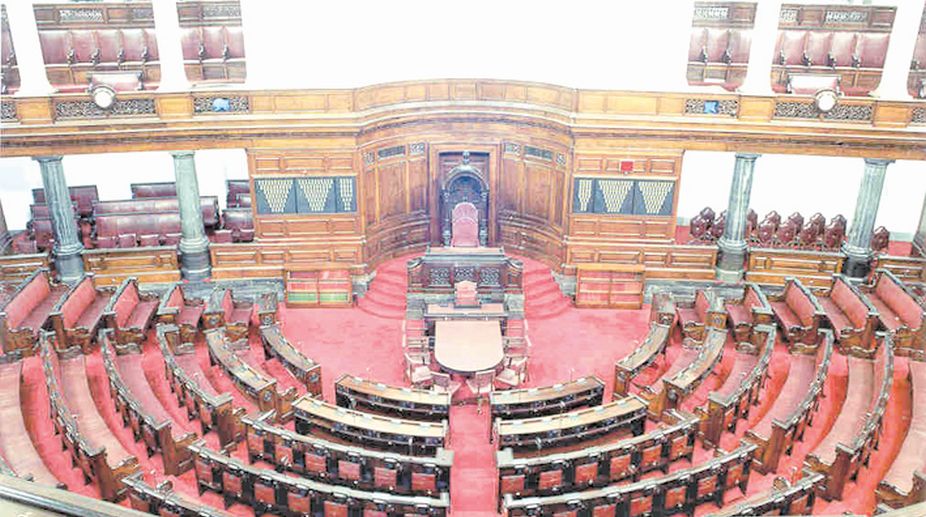With 58 members retiring next month, the Rajya Sabha elections to be held on March 23 will fill these vacancies in 16 states. There are a total of 245 seats in the Upper House at present, and 126 seats are needed for a majority. The ruling Bharatiya Janata Party currently has 58 seats, followed by the Congress that has 54. On the 16 states set to get new representatives, 11 have a BJP government, which gives the party a chance to improve its tally.
Of the 245 Rajya Sabha members, 233 are representatives of the states and union territories of Delhi and Puducherry, while 12 have been nominated by the President. The nominated members are persons having special knowledge or practical experience in respect of matters such as literature, science, art and social service.
Advertisement
Here is all you should know about the Rajya Sabha Elections 2018
When is Rajya Sabha Election 2018?
On Friday, March 23. Voting will take place between 9 am and 4 pm
Who can contest Rajya Sabha election?
As per Article 84 of the Constitution, there are some conditions for a person to be qualified for Rajya Sabha membership. Among other conditions, the candidate must be a citizen of India and not less than 30 years of age.
Who can vote in Rajya Sabha election?
Elected representatives of all state assemblies can exercise their franchise. In case of union territories, an electoral college does the job.
When will the results be declared?
On March 23 evening. Counting of votes will begin from 5 pm.
How long can a Rajya Sabha member serve?
A Rajya Sabha member is elected for a full term of six years. A byelection is held if a vacancy arises for reasons other than retirement of a member on the expiry of his or her term. A member elected in a bypoll remains member for the remainder of the term of the member who had resigned or died or disqualified.
How is the Rajya Sabha election conducted?
Rajya Sabha members representing states and UTs are elected by the method of indirect election. The representatives are elected by the MLAs of that state and by the members of the electoral college for that UT, as the case may be, following the system of “proportional representation by means of the single transferable vote”. The Electoral College for the National Capital Territory of Delhi consists of the elected members of the Legislative Assembly of Delhi, and that for Puducherry consists of the elected members of the Puducherry Legislative Assembly. Each voter ranks his or her preference on the list of candidates. If the first candidate on the list has enough votes to win or no chance of winning, the vote is transferred to the next choice and so on.
Rajya Sabha Elections 2018: States and vacancies
As many as 58 Rajya Sabha seats will fall vacant in 16 states next month. These are:
Uttar Pradesh: 10
Maharashtra: 6
Bihar: 6
West Bengal: 5
Madhya Pradesh: 5
Gujarat: 4
Karnataka: 4
Andhra Pradesh: 3
Telangana: 3
Rajasthan: 3
Odisha: 3
Jharkhand: 2
Chhattisgarh: 1
Haryana: 1
Himachal Pradesh: 1
Uttarakhand: 1
Rajya Sabha Election 2018: Candidates already elected
Candidates for 33 of the 58 Rajya Sabha seats have already been unanimously elected from 10 of the 16 states. Six states will conduct polling on March 23 for the remaining 25 seats.
Uttar Pradesh
West Bengal
Karnataka
Jharkhand
Chhattisgarh
Telangana
